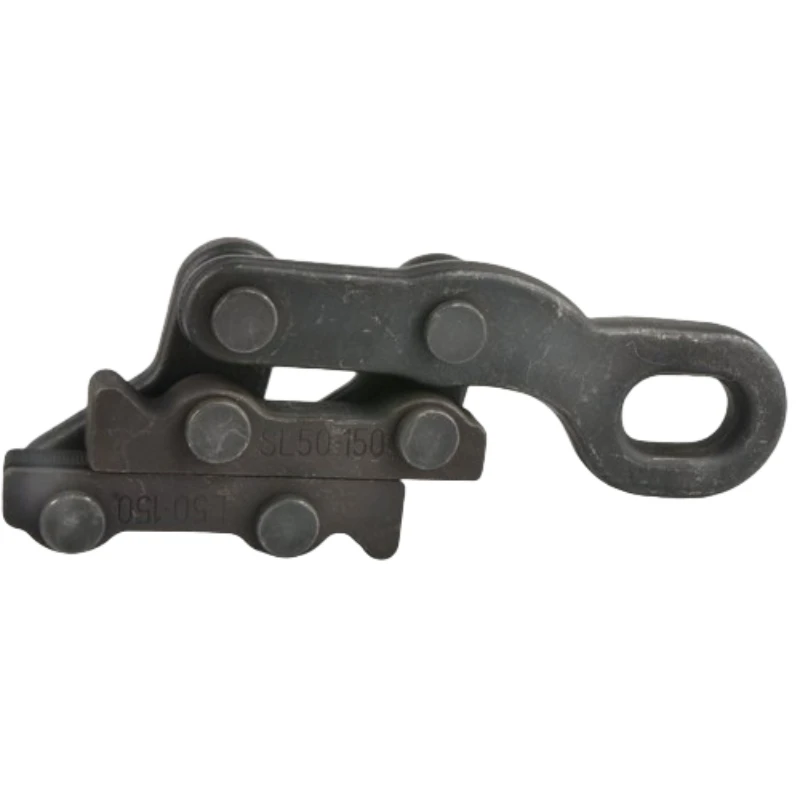
-
 Afrikaans
Afrikaans -
 Albanian
Albanian -
 Amharic
Amharic -
 Arabic
Arabic -
 Armenian
Armenian -
 Azerbaijani
Azerbaijani -
 Basque
Basque -
 Belarusian
Belarusian -
 Bengali
Bengali -
 Bosnian
Bosnian -
 Bulgarian
Bulgarian -
 Catalan
Catalan -
 Cebuano
Cebuano -
 Corsican
Corsican -
 Croatian
Croatian -
 Czech
Czech -
 Danish
Danish -
 Dutch
Dutch -
 English
English -
 Esperanto
Esperanto -
 Estonian
Estonian -
 Finnish
Finnish -
 French
French -
 Frisian
Frisian -
 Galician
Galician -
 Georgian
Georgian -
 German
German -
 Greek
Greek -
 Gujarati
Gujarati -
 Haitian Creole
Haitian Creole -
 hausa
hausa -
 hawaiian
hawaiian -
 Hebrew
Hebrew -
 Hindi
Hindi -
 Miao
Miao -
 Hungarian
Hungarian -
 Icelandic
Icelandic -
 igbo
igbo -
 Indonesian
Indonesian -
 irish
irish -
 Italian
Italian -
 Japanese
Japanese -
 Javanese
Javanese -
 Kannada
Kannada -
 kazakh
kazakh -
 Khmer
Khmer -
 Rwandese
Rwandese -
 Korean
Korean -
 Kurdish
Kurdish -
 Kyrgyz
Kyrgyz -
 Lao
Lao -
 Latin
Latin -
 Latvian
Latvian -
 Lithuanian
Lithuanian -
 Luxembourgish
Luxembourgish -
 Macedonian
Macedonian -
 Malgashi
Malgashi -
 Malay
Malay -
 Malayalam
Malayalam -
 Maltese
Maltese -
 Maori
Maori -
 Marathi
Marathi -
 Mongolian
Mongolian -
 Myanmar
Myanmar -
 Nepali
Nepali -
 Norwegian
Norwegian -
 Norwegian
Norwegian -
 Occitan
Occitan -
 Pashto
Pashto -
 Persian
Persian -
 Polish
Polish -
 Portuguese
Portuguese -
 Punjabi
Punjabi -
 Romanian
Romanian -
 Russian
Russian -
 Samoan
Samoan -
 Scottish Gaelic
Scottish Gaelic -
 Serbian
Serbian -
 Sesotho
Sesotho -
 Shona
Shona -
 Sindhi
Sindhi -
 Sinhala
Sinhala -
 Slovak
Slovak -
 Slovenian
Slovenian -
 Somali
Somali -
 Spanish
Spanish -
 Sundanese
Sundanese -
 Swahili
Swahili -
 Swedish
Swedish -
 Tagalog
Tagalog -
 Tajik
Tajik -
 Tamil
Tamil -
 Tatar
Tatar -
 Telugu
Telugu -
 Thai
Thai -
 Turkish
Turkish -
 Turkmen
Turkmen -
 Ukrainian
Ukrainian -
 Urdu
Urdu -
 Uighur
Uighur -
 Uzbek
Uzbek -
 Vietnamese
Vietnamese -
 Welsh
Welsh -
 Bantu
Bantu -
 Yiddish
Yiddish -
 Yoruba
Yoruba -
 Zulu
Zulu


តុលា . 18, 2024 15:23 Back to list
Cost and Details of Telescopic Hot Sticks and Related Equipment
Understanding the Price of Telescopic Hot Sticks and Relevant Information
Telescopic hot sticks, often referred to as insulating sticks or hot line tools, are essential equipment used primarily in the electrical industry for the maintenance and repair of high voltage power lines. These tools enable utility workers to safely perform operations at distances far from live electrical components, reducing the risk of electrical shock and enhancing safety protocols. As the demand for reliable power supply continues to grow globally, understanding the pricing and factors influencing the cost of telescopic hot sticks is important for utility companies and maintenance workers alike.
Pricing Overview
The price of telescopic hot sticks can vary significantly based on several factors, including the material used, the length of the stick, the brand, and additional features such as insulation rating and ergonomic design. On average, you can expect to pay anywhere from $100 to over $1,500 for a telescopic hot stick. Basic models may start at the lower end of the spectrum, while advanced versions designed for specialized applications may command premium prices.
Factors Influencing Price
1. Material Telescopic hot sticks are typically made from fiberglass or carbon fiber due to their excellent insulating properties and lightweight design. Fiberglass models tend to be less expensive compared to carbon fiber, which, while more costly, offers superior durability and reduced weight, making it easier for workers to handle.
2. Length The length of the hot stick can directly affect its price. Common lengths range from 8 feet to 25 feet, with longer sticks often requiring more material and, therefore, costing more. Utility companies often choose sticks based on the height of the power lines they work with, balancing necessary reach with cost considerations.
'price of telescopic hot stick and other relevant information ...'

3. Insulation Rating The voltage rating of the hot stick is crucial as it indicates the maximum voltage it can safely handle. Sticks with higher insulation ratings are typically more expensive due to the advanced materials and manufacturing processes required to ensure safety at higher voltages.
4. Brand and Warranty Reputable brands that have established a track record of quality and reliability tend to charge higher prices for their products. Additionally, tools that come with warranties or guarantees might also be priced higher, appealing to companies looking to invest in durable equipment.
5. Additional Features Some hot sticks come equipped with additional features such as integrated camera systems, lighting, or modifications that allow for easier manipulation of electrical components. These features can significantly impact the overall price.
Importance of Quality
While it can be tempting to opt for the least expensive option available, investing in a high-quality telescopic hot stick can be critical for ensuring the safety and efficiency of utility workers. Poor quality tools can become a liability, increasing the likelihood of accidents, equipment failure, or costly repair jobs.
Conclusion
When purchasing a telescopic hot stick, it’s essential to consider not only the price but also the quality, features, and specific needs of the work environment. Understanding the varying elements that affect the cost can aid decision-makers in choosing the right tools for their crews while ensuring compliance with safety standards. Ultimately, investing in the right equipment, although occasionally more expensive, can lead to increased safety, productivity, and long-term savings.
Latest news
Understanding Earth Wiring and Grounding: Essential Components for Electrical Safety
NewsAug.15,2025
The Ultimate Guide to Cable Pulling Tools and Equipment for Efficient Installations
NewsAug.15,2025
Streamline Your Projects with Advanced Cable Pulling Equipment
NewsAug.15,2025
Simplify Cable Installation with Advanced Cable Pulling Tools and Equipment
NewsAug.15,2025
Essential Guide to Link Sticks and Hot Sticks for Electrical Safety and Line Work
NewsAug.15,2025
Efficient Solutions for Cable Installation: Your Guide to Cable Pulling Winches and Equipment
NewsAug.15,2025








